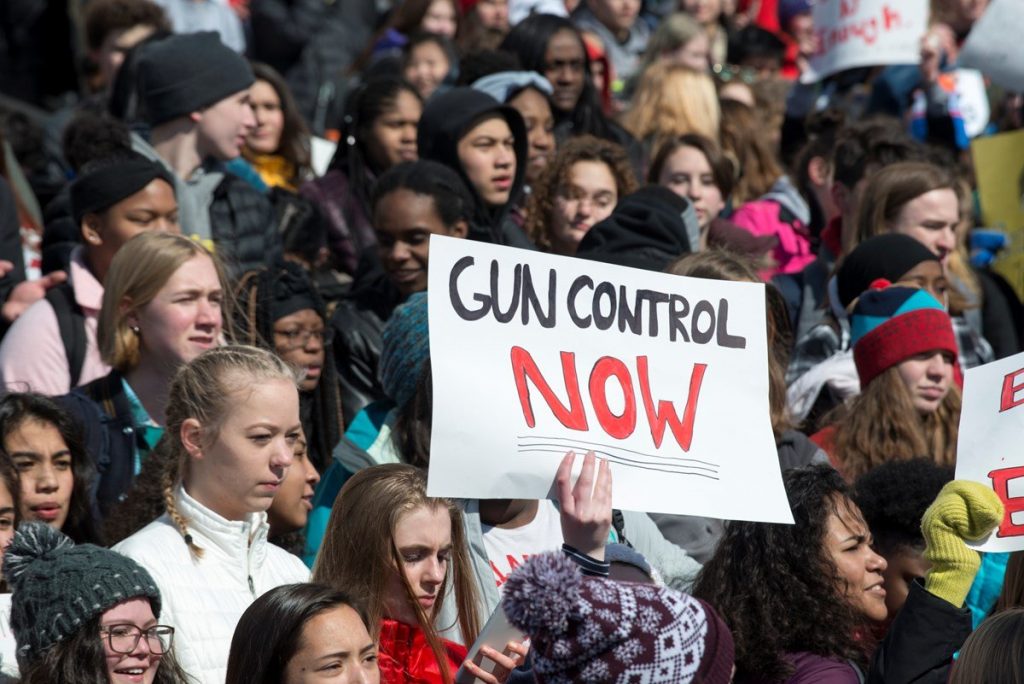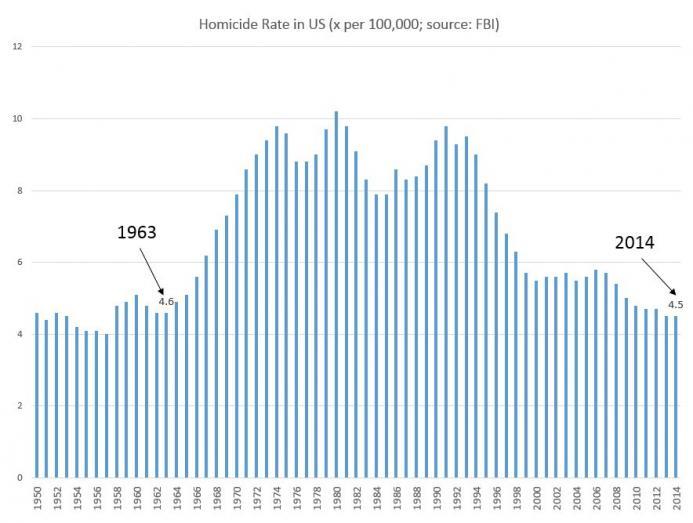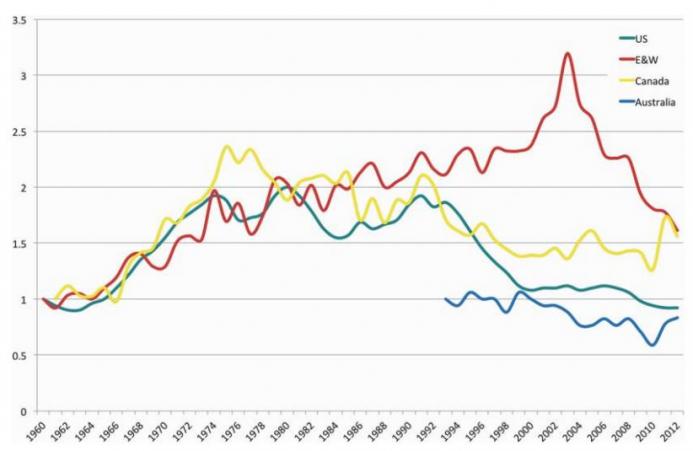In all my years of existence, the Second Amendment of our Constitution has always been considered controversial. Opponents claim it is the cause of gun violence. Proponents assert that it helps guarantee freedom and safety.
“A well regulated Militia, being necessary to the security of a free State, the right of the people to keep and bear Arms, shall not be infringed.”
These twenty-seven words have been the subject of much debate during the 20th and 21st centuries. Does it mean that citizens only have a right to own guns if the state has a well-regulated militia in place that they are a part of, or does it mean absolutely that the right to bear arms should not be infringed? Perhaps it means that you can only use guns for hunting purposes, or you’re not allowed to have anything more complicated than an 18th century musket because that’s what the founders had when they wrote this?
The last two questions don’t seem to make sense when you look at the wording of the Second Amendment, but somehow opponents have made this a pillar of their arguments because they keep repeating and insisting on it on the grounds that “we don’t know what the founding fathers really intended when they wrote this.”
But that’s not true. We do know what the founding fathers thought, because they wrote a series of seventy-eight essays called The Federalist Papers to sell the Constitution to the American people in the late 1780s. Exploring these writings can shed light on the views of the founding fathers, and thus, on the proper interpretation of the Second Amendment.
Federalist Paper No. 46
In the lead up to the Revolutionary War, Americans were the most heavily-armed people on the planet in regard to citizen ownership of firearms. This was a necessity of life on the frontier because it was needed for protection against Native American attacks along with wild animals. In the more heavily populated areas of New England and the Middle Colonies, the French were to the North and West which created another security threat. Essentially, the people were on their own for protection and needed to take matters into their own hands.
During the Revolutionary War, the British Army committed many atrocities against the colonists that were fighting for independence. These experiences left a bitter taste for many regarding powerful government and a large standing army. The fear was that a tyrant could seize power and then use the power of the military to oppress the people.
At the same time, many American citizens identified their allegiance to their state rather than the country, preferring to say I am a Virginian over I am an American. Much resistance to the adopting the Constitution came from a fear that a centralized national government would overpower the state and oppress the people in the state as a result. Federalist Paper No.46, believed to have been written by then future President James Madison, addressed these concerns.
“The highest number to which, according to the best computation, a standing army can be carried in any country, does not exceed one hundredth part of the whole number of souls; or one twenty-fifth part of the number able to bear arms. This proportion would not yield, in the United States, an army of more than twenty-five or thirty thousand men. To these would be opposed a militia amounting to near half a million of citizens with arms in their hands, officered by men chosen from among themselves, fighting for their common liberties, and united and conducted by governments possessing their affections and confidence.”
These numbers that Madison is using are based on the population during the 18th century, but the concept remains the same. If the American military was used to oppress the American people, they would be vastly outnumbered by the citizenry. He goes on to write:
“Besides the advantage of being armed, which the Americans possess over the people of almost every other nation, the existence of subordinate governments, to which the people are attached, and by which the militia officers are appointed, forms a barrier against the enterprises of ambition, more insurmountable than any which a simple government of any form can admit of.”
The concept of the population outnumbering the military being a guaranteed check against the growth of tyranny is only effective if the citizenry is armed to the point where they can make a difference should a fight ever break out.
Armed Citizen Militias during the Revolutionary War
During the American Revolution there were essentially three fighting forces on the land in North America. On one side was the British army while on the other was the American Army supplemented by local militias. Both the British and American armies held the militia in inferior regard as they were unprofessional and often unreliable.
After five years of indecisive fighting in the North, the British devised a strategy were they would conquer the South, move north to crush the middle colonies, and finally conquer an isolated hostile New England. In a worst case scenario, with the South secured, the British high command figured that they would at least be able to hold onto some of their colonies if they lost the war. The British army under General Cornwallis was limited in manpower so their idea was to crush the American army and then install loyalist local governments with militias to maintain the public order in their absence as they moved through the continent.
That plan ultimately did not work because the local militias of the Carolinas fought what were essentially guerilla campaigns to prevent the British from being able to withdraw from areas they had taken over. The delays caused by this prevented General Cornwallis from a timely execution of his plans, and by the time he did arrive north in Virginia, he was eventually ambushed and cut off by Washington’s army.
And this is how some citizens with guns who were not in the army helped lead to the defeat of the most powerful military in the world at that time.
An AR-15 versus an F-15
It should be clear at this point that the early Americans saw gun rights as an important check on government power. But perhaps modern weaponry makes this point moot?
An extreme argument from the gun control crowd is that AR-15s and similar weapons would be futile against the government’s advanced weaponry arsenal consisting of arms like F-15 fighter jets. President Biden himself said, “If you need to worry about taking on the federal government, you need some F-15s. You don’t need an AR-15.”
It’s really difficult to imagine why the sitting President of the United States would make this argument, as it does nothing to win over the pro-Second Amendment crowd to accepting gun control measures. To the contrary, it only seems to reinforce former President James Madison’s view that an armed citizenry is essential as an equalizer to a corrupt government.
Daniel Kowalski
Daniel Kowalski is an American businessman with interests in the USA and developing markets of Africa.
This article was originally published on FEE.org. Read the original article.




